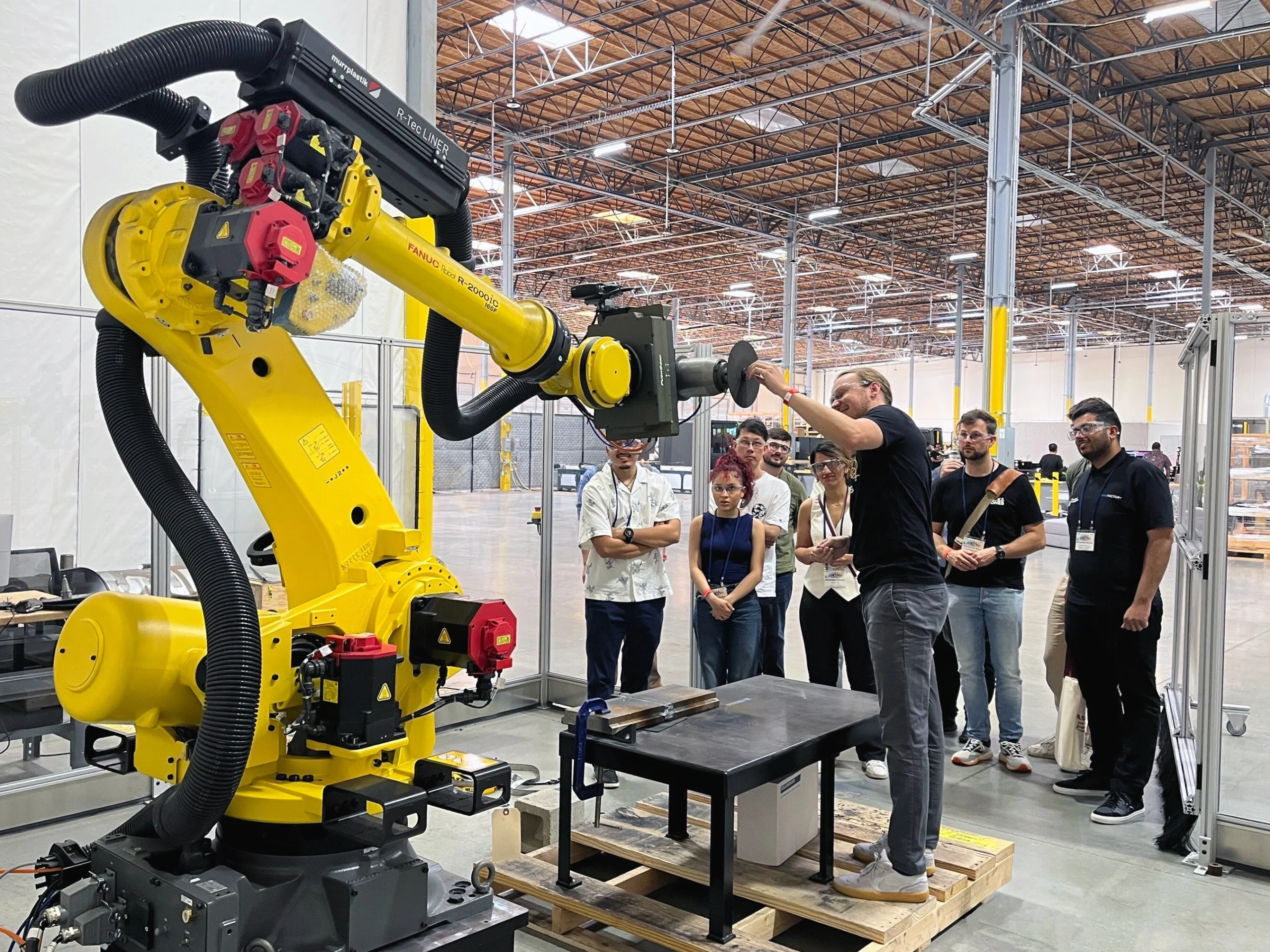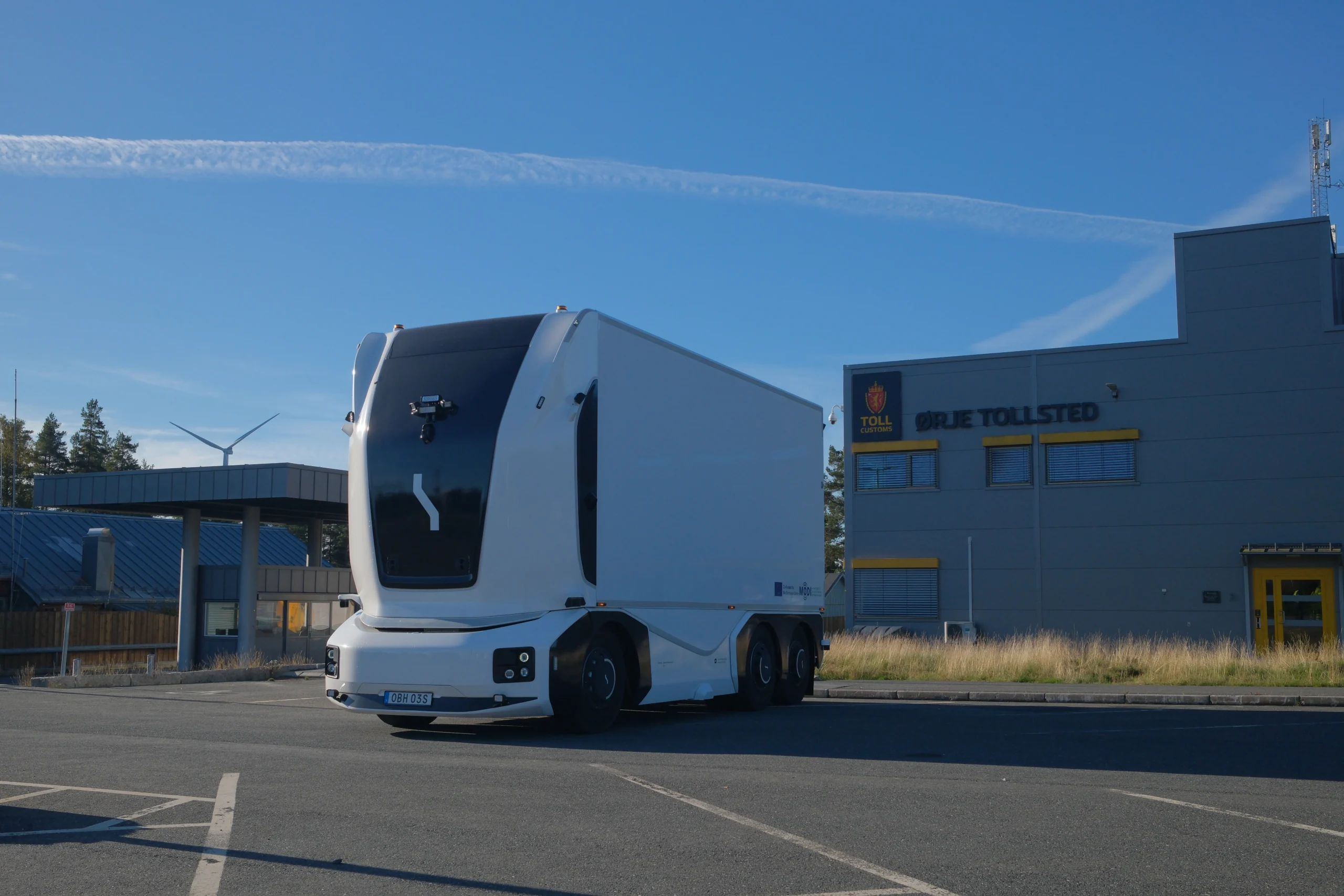Make the robots to work for you

John E. Kaye
- Published
- Technology

The world today is changing rapidly in ways that no-one could have imagined at the beginning of the 21st century. The business arena is being bombarded with technological advancements that often cause conflict, disrupt the status quo or alter conventional processes. Yet, as we’re learning all the time, with change comes new opportunities. One of these opportunities is learning how to allow robots to work for you.
Like machines in industrial factories in previous decades, robots have the potential to dramatically change how businesses work in the coming years. Robotic Process Automation (RPA) uses software, to create an agile “digital workforce” which mimics human processing of repetitive labour-intensive tasks and allows robots to work for you. It follows rule-based business processes and interacts with systems in the same way that people do.
Once RPA software understands how to behave by studying existing processes and applications, it can apply what it has learned to new situations and even communicate with other systems of its own accord. RPA is designed to help firms automate a wide range of business processes for reduced costs, improved compliance and increased productivity all made possible by allowing robots to work for you.
According to McKinsey, 110 to 140 million FTEs could be replaced by automation tools and software by 2020.
No matter the industry or the number of employees on your payroll, implementing RPA within your own organisation has the potential to radically change your processes for the better. However, to be successful, any attempt to use RPA must be carefully planned, with clear-cut goals, stages and metrics. Just like you would draw up a blueprint for a house before purchasing building materials, you need to chart a course for how RPA will be part of your digital transformation.
The following nine steps below provide a guide for organisations looking to harness the power of RPA for their business processes and ultimately allowing robots to work for your organisation.
Define your objectives
To continue the house analogy above, creating a blueprint first requires you to speak to the client about what they want from the project. For example, how many bedrooms do they need and do they want an open- concept floor plan?
Similarly, before you even dip your toe into the RPA waters, you must have a sense of what you plan to achieve with it. Your goals may include improving efficiency and productivity, moving workers to higher-priority activities and enhancing the end user experience.
Find opportunities
Once you have a clear sense of what you hope to accomplish by allowing robots to workfor you, begin assessing which of your processes are strong potential candidates for RPA. Some of the important factors to look out for include:
-
- Processes using high volumes of data
- Processes recurring frequently
- Repetitive processes
- Processes requiring a high degree of accuracy (and that machines can do better than humans)
Validate your beliefs
Of course, after identifying candidates for automation, you then need to analyse them to find the best choices. Bring together a team of experts who are familiar with RPA, the selected processes and the details of their implementation. This team should discuss both the business value of automating these processes and how feasible it is to do so.
Establish governance
If you plan to incorporate RPA as a long- term part of your IT strategy, it needs to be aligned with your broader business objectives and initiatives. Also, cooperation with the IT department will be critical to receiving the training and live data that the system needs to learn and improve. In larger enterprises, RPA should be overseen by an executive or project management office (PMO).
Develop a plan
Since RPA will have a substantial effect on the rest of your organisation – including employees’ roles and responsibilities – you need to anticipate the changes that will ensue once it rolls out. For example, a new RPA-aided process may require the input of fewer people, but people who have more or different skills and knowledge. Any organisation looking to implement RPA should have a formal document describing the expected changes and how the business plans to address them.
Run a trial
Before deploying a full enterprise-wide RPA solution, you should run a small pilot programme or proof of concept that demonstrates the feasibility of your plan. If possible, this project should first be held within a test environment so that your business operations can continue unaffected and then be pushed out and integrated with systems in production. The knowledge you gain here should be combined with your output in the previous steps to produce a final solution.
Deploy a solution
If your pilot has been successful, the next step is to launch a full RPA initiative. This process will follow a familiar series of steps: defining the technical and business requirements, planning the solution and coding and deploying the software. At this time, you should also begin any training initiatives that you planned for in step five in order to make the transition as smooth as possible.
Track your progress
Of course, using RPA doesn’t end once the software is pushed out to production. During the planning phases, you should have defined a clear set of metrics and key performance indicators (KPIs) that will allow to judge the success of the new system. Some possible metrics for RPA tasks include a higher degree of accuracy, improved productivity and a better end user experience.
Make further improvements
Like RPA software itself, your organisation should learn from experience. RPA development is an iterative process, not something that can run on autopilot once deployed. Switching to an RPA-assisted workplace requires your commitment to make changes and improvements as you go along, based on metrics, user feedback and other factors. The digital revolution is already here, and it’s inevitable that everyone will adapt.
Final thoughts
As the world is moving towards a resource crunch, organisations need to find ways to be optimal yet effective. Simply put, RPA is one step closer to making an organisation lean. Companies that seek to leverage technologies such as Robotic Process Automation to improve their business processes should look beyond the simple, straightforward answers. By understanding how to use multiple enterprise automation technologies in concert, organisations can make their digital transformation initiatives more effective and gain the edge over their competitors in addition to allowing robots to work for your buisness. By combining convedo’s cross-industry expertise with RPA software robots from best-of-breed technology vendors, such as Appian and Blue Prism, convedo can help financial services, insurance and public-sector organisations build the next generation of the digital workforce.
Further Information
Sign up to The European Newsletter
RECENT ARTICLES
-
 Parliament invites cyber experts to give evidence on new UK cyber security bill
Parliament invites cyber experts to give evidence on new UK cyber security bill -
 ISF warns geopolitics will be the defining cybersecurity risk of 2026
ISF warns geopolitics will be the defining cybersecurity risk of 2026 -
 AI boom triggers new wave of data-centre investment across Europe
AI boom triggers new wave of data-centre investment across Europe -
 Make boards legally liable for cyber attacks, security chief warns
Make boards legally liable for cyber attacks, security chief warns -
 AI innovation linked to a shrinking share of income for European workers
AI innovation linked to a shrinking share of income for European workers -
 Europe emphasises AI governance as North America moves faster towards autonomy, Digitate research shows
Europe emphasises AI governance as North America moves faster towards autonomy, Digitate research shows -
 Surgeons just changed medicine forever using hotel internet connection
Surgeons just changed medicine forever using hotel internet connection -
 Curium’s expansion into transformative therapy offers fresh hope against cancer
Curium’s expansion into transformative therapy offers fresh hope against cancer -
 What to consider before going all in on AI-driven email security
What to consider before going all in on AI-driven email security -
 GrayMatter Robotics opens 100,000-sq-ft AI robotics innovation centre in California
GrayMatter Robotics opens 100,000-sq-ft AI robotics innovation centre in California -
 The silent deal-killer: why cyber due diligence is non-negotiable in M&As
The silent deal-killer: why cyber due diligence is non-negotiable in M&As -
 South African students develop tech concept to tackle hunger using AI and blockchain
South African students develop tech concept to tackle hunger using AI and blockchain -
 Automation breakthrough reduces ambulance delays and saves NHS £800,000 a year
Automation breakthrough reduces ambulance delays and saves NHS £800,000 a year -
 ISF warns of a ‘corporate model’ of cybercrime as criminals outpace business defences
ISF warns of a ‘corporate model’ of cybercrime as criminals outpace business defences -
 New AI breakthrough promises to end ‘drift’ that costs the world trillions
New AI breakthrough promises to end ‘drift’ that costs the world trillions -
 Watch: driverless electric lorry makes history with world’s first border crossing
Watch: driverless electric lorry makes history with world’s first border crossing -
 UK and U.S unveil landmark tech pact with £250bn investment surge
UK and U.S unveil landmark tech pact with £250bn investment surge -
 International Cyber Expo to return to London with global focus on digital security
International Cyber Expo to return to London with global focus on digital security -
 Cybersecurity talent crunch drives double-digit pay rises as UK firms count cost of breaches
Cybersecurity talent crunch drives double-digit pay rises as UK firms count cost of breaches -
 Investors with €39bn AUM gather in Bologna to back Italy’s next tech leaders
Investors with €39bn AUM gather in Bologna to back Italy’s next tech leaders -
 Axians and Nokia expand partnership to strengthen communications infrastructure across EMEA
Axians and Nokia expand partnership to strengthen communications infrastructure across EMEA -
 Forterro buys Spain’s Inology to expand southern Europe footprint
Forterro buys Spain’s Inology to expand southern Europe footprint -
 Singapore student start-up wins $1m Hult Prize for education platform
Singapore student start-up wins $1m Hult Prize for education platform -
 UK businesses increase AI investment despite economic uncertainty, Barclays index finds
UK businesses increase AI investment despite economic uncertainty, Barclays index finds -
 Speed-driven email security: effective tactics for phishing mitigation
Speed-driven email security: effective tactics for phishing mitigation


























